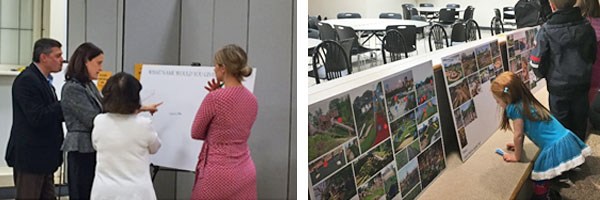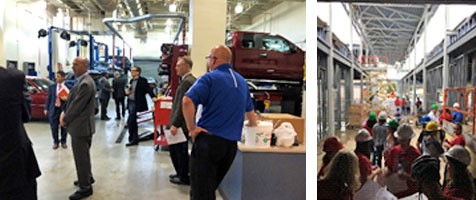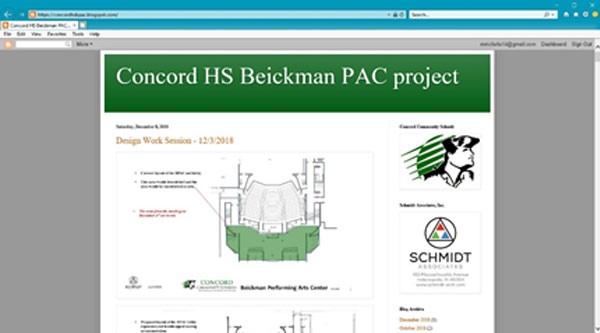Community Engagement
-
Category
Studio-Workplace, Studio-Lifestyle, Studio-K12, Studio-Higher Ed, Studio-Community -
Posted By
Sarah Hempstead -
Posted On
Mar 06, 2019
A building project is far more than pieces and parts that define spaces.
Projects reflect the goals and aspirations of the communities they serve.
Schmidt Associates views community engagement as an essential part of our strategic, data-based planning, giving Owners information to evaluate viable options and make good decisions. We take a proactive role in planning for public meetings that inform, gather feedback, and incorporate public input to achieve a relevant facility solution that the public can support.
In order to understand what is truly important in the eyes of the end user, we like to become part of the “fabric of the community” by gathering input directly from community members and project stakeholders throughout our process. Here are a handful of community engagement tactics we typically use:
Community Workshops
The target audience for these workshops are neighboring businesses, residents, the end users, students and parents, property and business owners, others who visit and work within the area, etc.
These workshops can range from presentations with Q&A, to an open-ended SWOT analysis, to interactive display boards where people can vote on the types of spaces, furniture, aesthetics, etc. they like the best. Depending on the scope of the project, these could be hour-long sessions, last a few hours, or be an open-house where attendees can interact and ask questions for as long as they need.
We want to hear from as many community members as possible, which can be hard to do. Some tactics we utilize to ensure these workshops are as convenient as possible are:
- Setting up a variety of time slots, across several days, held in various locations—in the evening after the school day, Saturday morning with coffee and donuts, on a Sunday after church services, etc. It all depends on each unique community and type of project.
- Providing childcare options, if children aren’t an integrated part of the workshop process. For example, we can meet with community members at a school with child-friendly activities held in the gym under the supervision of adults.
- Offering a variety of input methods—like notecards, email, and limited access blogs—to ensure the quiet voices are heard and allow 24/7 access to the conversation.

Stakeholder Meetings
This is where we gather key targeted stakeholders and leadership in a casual environment to build interest and allow their influence on the project. We quickly share the community workshop findings and offer a brainstorming session to continue building ideas and support for the project. Our team then creates a deliverable that can be posted to a website and distributed to the community, stakeholders, and other interest groups.
The targeted attendees typically include property and business owners, developers, and neighborhood and city representatives. We take similar approaches to making these meetings as convenient for the stakeholders as we did with the community workshops. As the planning process moves forward, we often will reconnect with these stakeholders to communicate any findings, recommendations, and intent of the results.

Community Empowerment
The plan for any project must be intentional and community-driven so stakeholders will feel a sense of ownership. To create community empowerment, we have found that allowing physical, deliberate interaction with the space is essential. Together, we will visit the physical space and brainstorm ideas on-site, allowing the realities of the space to influence decision making.
Another approach we often take is to attend community, city council, or PTO meetings.

Project Blogs
Along with our physical approach to community engagement, we also leverage technology to bring it all together. We have successfully used a blog on projects to have a way for the community, stakeholders, and Owners to see the progress and to offer input. This is a controlled way to manage feedback and disperse current information, as determined by the project’s leadership team. Each blog features a “Make a Comment” button which sends comments as emails to Schmidt Associates. This way, we can receive comments, review with the Owner, and post appropriate responses.
We have used a link to our website to post the ongoing status of the project—from planning through construction—to keep the public involved and informed throughout the process.
Ultimately, only community projects built on community input can maximize their influence and create shared ownership and investment. If you have questions about our community engagement process or want to learn more about how we can help you with your next project – reach out!








